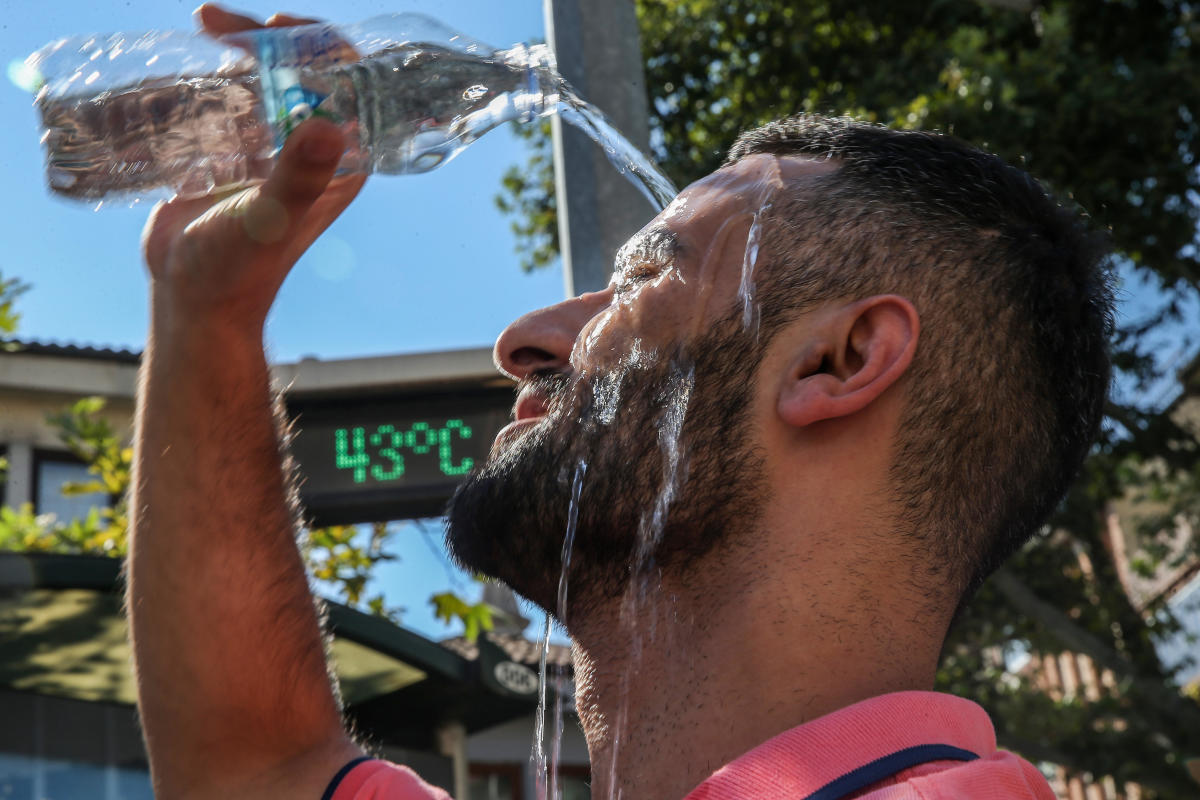A first-of-its-kind easement has been signed in Norfolk, and the agreement aims to host healthy wetlands on a plot of land in Highland Park as sea levels rise in the city.
The Elizabeth River Project announced this week — in partnership with local nonprofits Wetlands Watch and the Coastal Virginia Conservancy — that the rolling conservation easement will help wetlands migrate in the face of rising seas. Similar to a traditional conservation easement, the rolling conservation easement permanently prohibits development activities that compromise the environmental values of the land.
However, in addition to prohibiting development activities, the easement orders the removal of structures from the property once the seas have risen to certain levels.
“This is a win-win-win for wetlands, landowners and the public,” said Mary-Carson Stiff, executive director of Wetlands Watch. “Wetlands Watch has been working for nearly ten years to figure out the role that land conservation and rolling easements can play in protecting wetlands from drowning under the threat of sea level rise. This work is finally being realized through the easement on the (Elizabeth River Project) property.”
Last March, the Virginia Institute of Marine Science at William & Mary released its latest Sea-Level Report Cards. According to VIMS, Norfolk has a rise rate of 5.38 millimeters (.212 inches) per year, making it the highest rate on the East Coast for a fifth year in a row. The report looked at areas across the country, including the West, Alaska and Gulf Coast, and forecasts sea levels up to the year 2050 based on an annual analysis of tide-gauge records for 32 localities along the U.S. coastlines. The report found the mean sea level in Norfolk will rise 1.5 feet by 2050.
According to the Elizabeth River Project, more than 80% of wetlands are predicted to drown in the next century. The property on Colley Avenue, adjacent to Knitting Mill Creek of the Lafayette River, will host the Pru and Louis Ryan Resilience Lab.
According to the agreement, water levels will be measured using the “mean higher-high water,” or the average of the higher high-water height of each tidal day. The first monitoring trigger will occur when the mean higher-high water reaches 4.5 feet over a 10-year rolling average. This is projected to happen in 2065, and at this point, water levels will be measured in 5-year rolling averages. The second monitoring trigger will occur once 5.5 feet over a 5-year rolling average is reached, or about 2075. At that point, levels will be monitored at a 3-year rolling average. The deconstruction trigger is projected to happen in 2085, when levels reach 6.5 feet. At this point, utilities will be shut off and naturalization of the property will begin.
Marjorie Mayfield Jackson, executive director of the Elizabeth River Project said she hopes the agreement will inspire others to look into conservation easements to ensure healthy wetlands as sea levels rise. She said the easement ensures wetlands can migrate inland as the shoreline erodes without being blocked by development or hard structures. It will also permanently preserve the public’s right to access the property.
“We have been conserving land and restoring waterways in coastal Virginia for over 20 years,” said Liz Friel, director of the Coastal Virginia Conservancy. “We deeply understand the value of conservation easements for landowners, communities and the environment, but recognize that conservation easements need to evolve and adapt to the changing realities of sea level rise and coastal erosion.”
Eliza Noe, eliza.noe@virginiamedia.com
Signup bonus from




